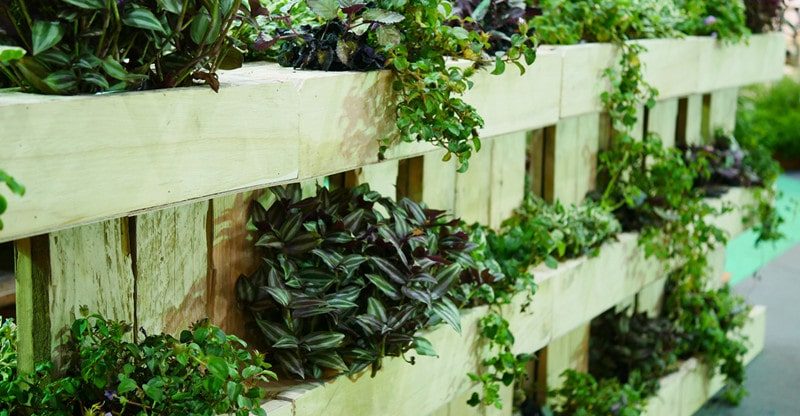6 Best Herbs And Vegetables To Grow In A Vertical Garden
Vertical gardening is the best way to utilize space and minimize chores like weeding, feeding, and pest control – and it’s also a great way to keep all your produce at an accessible level. But it gets better.
According to Gardyn reviews, growing plants vertically can be made even simpler with a state-of-the-art hydroponic vertical garden system – and it serves well as an indoor herb and vegetable garden.
While almost any herb or vegetable can adapt to vertical life, some tend to do better than others. So, just what can you grow in a vertical garden?
Vegetables to Grow
Try growing cruciferous vegetables, nightshades, and greens to get the most out of your plants and vertical setup.
1. Cruciferous Vegetables
Cabbage, broccoli, cauliflower, and kale are part of the Brassica family of vegetables. If you’ve ever tried to grow these in your garden, you’ll know that they are pest magnets.
These vegetables are highly susceptible to slugs and cabbage butterflies, which can destroy entire crops. However, when cruciferous vegetables are grown vertically, pest control is much more manageable because the plants sit above the soil line.
2. Nightshades
Some of the most popular vegetables are parts of the nightshade family – such as potatoes, tomatoes, and peppers. They are also extremely suited to vertical arrangements.
Tomatoes grow long trailing vines that you can stake to grow upright in a vertical garden, or you can place them at a higher level and let them trail.
Peppers such as jalapenos and sweet bell peppers grow exceptionally well in a vertical garden as long as they have enough light.
Potatoes can be raised above ground level and grown in containers with a layer of mulch on top. Growers have to grow potato plants in mounds to prevent the tubers from developing solanine (a poisonous substance that taints the tubers when grown too close to the ground).
3. Greens
Growing greens in a vertical garden will prevent them from being crowded out by weeds – and it makes them much easier to harvest, too.
Lettuces of the loose-leaf variety do well in vertical gardens because they can grow close together in shallow pots.
Spinach is perfect for vertical gardening because you can pick the leaves as needed while leaving the plant to grow.
Grow colorful Swiss chard for an aesthetically pleasing vertical garden – the rainbow colors will brighten up any space.
Herbs to Grow
Allowing herbs to take up a lot of real estates in your garden doesn’t make sense because they are used in small quantities. However, growing them in a vertical garden is the perfect solution because you can grow them in a single row right next to your kitchen.
Basil, chives, and oregano also grow well in smaller containers.
1. Basil
Basil needs rich soil and medium-sized containers. Plant various types of basil for a wider array of colors and flavors.
2. Chives
Because chives multiply quickly, you’ll only need a few. Divide plants into smaller containers or sow seeds in a well-draining soil mix. When you’re ready to use them, simply snip the leaves off at the base.
3. Oregano
Oregano grows well in light, airy soil, but they don’t like to be overwatered. You can grow Mediterranean or Mexican oregano, or you can grow both. Just a few small pots should provide enough to flavor your dishes – but grow more if you intend to dry it for storage.



